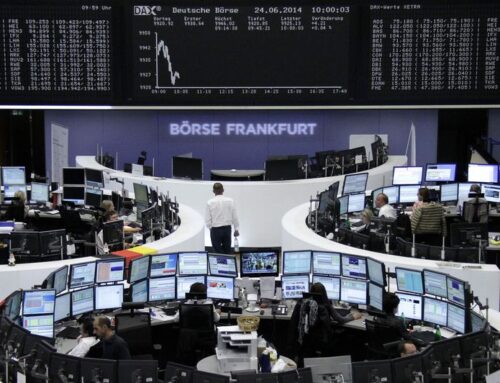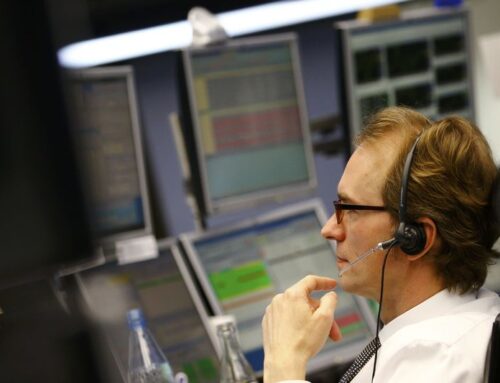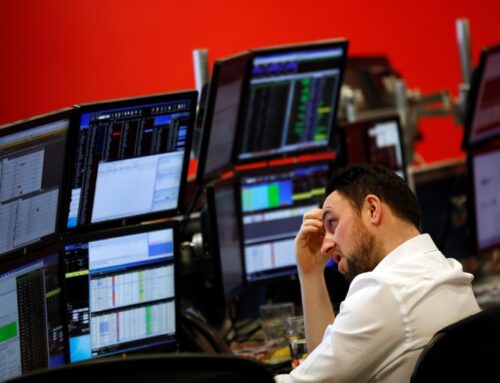Here’s how Apple gets to $1 trillion
November 21, 2014
Forget Dow 20K and Nasdaq 5K because after a recent investment conference, a new round number is captivating both Wall Street and Main Street: One trillion.

At Monday’s Reuters Global Investment Outlook Summit, a top executive for Leon Cooperman’s Omega hedge fund suggested that Apple could “eventually” hit the $1 trillion mark in market capitalization. The comments touched off a flurry of speculative reports and tweets detailing just what it would take to reach the trillion-dollar milestone.
Simple math suggests that the stock would need to jump 46 percent to about $170 a share to get to $1 trillion. Activist investor Carl Icahn, who owns 53 million shares, recently wrote, “Our valuation analysis tells us that Apple should trade at $203 per share today, and we believe the disconnect between that price and today’s price reflects an undervaluation anomaly that will soon disappear.”
(Read: Apple plans to push Beats to every iPhone)
Yet any hope that Apple could get to $170, let alone $203, anytime soon may be a stretch, according to one portfolio manager.
“Not in the next 12 to 18 months,” said Chad Morganlander of Stifel Nicolaus’ Washington Crossing Advisors. He notes that his company has a price target of $115.
“Yes, they have a lot of cash on their balance sheet,” Morganlander said. “Yes, they’re buying back a lot of stock. But we think the valuation at this inflection point is fairly valued. … One has to be somewhat pragmatic about Apple’s stock going forward over the next two to three years.”

Apple’s technicals are positive but they don’t get the stock to $170, according to Ari Wald, head of technical analysis at Oppenheimer & Co.
(Read: Why retailers are wrong on Apple Pay)
Instead, Wald said the chart shows a price target of $140. That may not mean a market cap of $1 trillion (it’s about $820 billion) but it’s still 20 percent higher than current prices.
“We see a lot of similarities to how it traded from 2007 into 2010,” Wald said. During that time, shares of Apple fell around 60 percent, rebounded and quadrupled over the subsequent two years. Likewise, the stock fell around $40 (split-adjusted) from 2012 to 2013, but has since rebounded and then some.
“The long-term trend does project to higher prices,” said Wald. “We get that $140 because that’s the measured target above the breakout above $100. You take the $40 consolidation … [and] we think you can get that $40 on the upside. That’s how we get $140.”
Disclosure: Stifel makes a market in the securities of Apple Inc.
Related Post




